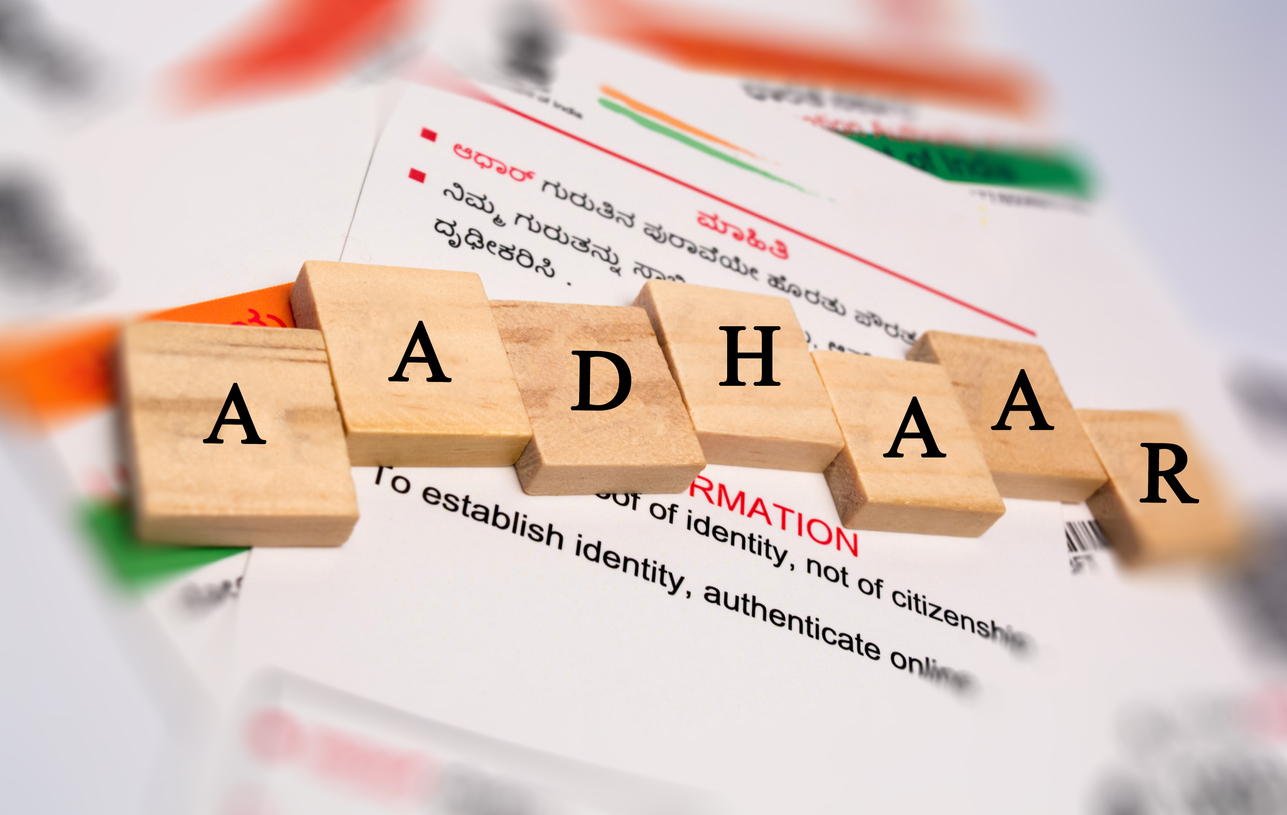The government anticipates a total expenditure of ₹1,200 crore for these payouts, a key part of the Congress party's election promises made before the November 2023 Assembly elections
Published Jan 15, 2025 | 9:10 PM ⚊ Updated Jan 15, 2025 | 9:10 PM

aadhaar authentication mandatory for tatkal bookings on IRCTC website and app
Landless agricultural laborers whose MGNREGA job cards, Aadhaar cards, and bank passbooks remain unlinked may miss out on the Indiramma Athmeeya Bharosa when it is launched on Republic Day.
Under the scheme, the government proposes to pay ₹12,000 per annum to the landless households at the rate of ₹6,000 per crop. The government expects that it would require ₹1,200 crore to make the Athmeeya Bharosa payments. The welfare initiative is a key part of the Congress party’s election promises made before the November 2023 Assembly elections.
Despite the state’s directive to the Panchayati Raj Department to correct any discrepancies by January 25, the task of ensuring all eligible landless households are covered by Republic Day remains a daunting challenge.
According to Deputy Chief Minister Mallu Bhatti Vikramaarka, the condition that is being imposed for a household to become eligible for the benefit under the scheme, is that the job card should show they had availed a minimum of 20 days of work, of the 100 days work guaranteed under the MGNREGA.
Among the 10 to 11 lakh eligible landless households, about 6.93 lakh Aadhaar cards have issues. Officials are working against the clock to resolve them, having already linked over five lakh Aadhaar cards with bank accounts and job cards. It remains uncertain whether they will complete the remaining work in time.
In Telangana’s 32 districts (excluding Hyderabad), a total of 53.07 lakh job cards have been issued to 110.68 lakh workers. Of these, 34.52 lakh job cards are active, covering 58.57 lakh workers. However, only 10 to 11 lakh of these active households meet the 20-day work requirement.
Currently, revenue, agriculture, and mandal parishad officials are finalising the list of beneficiaries at gram sabhas, where the draft list of eligible landless agricultural workers will be read out. Only after public approval will the final list be confirmed.
Currently, revenue, agriculture, and mandal parishad officials are working to finalize the list of beneficiaries at the gram sabhas, which will also be used to approve the Rythu Bharosa beneficiaries. The draft list of eligible landless agricultural workers will be presented at these meetings, and only after public approval will it be finalized.
If there are objections, Mandal Parishad Development Officers (MPDOs) must address them within 10 days. Officials are also tasked with verifying that the selected beneficiaries do not own agricultural land. Once the verification is complete, the lists will be sent to district collectors, and based on this, the Athmeeya Bharosa payments will be disbursed to beneficiaries on Republic Day.
The opposition BRS has described the scheme as one cleverly designed to hoodwink landless labourers.
BRS leader T Harish Rao pointed out a glaring anomaly in the scheme. “If a farmer who has five guntas of land would get ₹1,500 as Rythu Bharosa, a landless labourer gets ₹12,000 (40 guntas make one acre) under Indiramma Athmeeya Bharosa, which means that a regular farmer is losing ₹10,500 under Rythu Bharosa. Under Rythu Bharosa, farmers are paid ₹12,000 per year per acre regardless of the extent of the land he possesses as long as it is under cultivation. This way a landless labourer is better off than a small farmer,” he says and demanded that the anomaly be rectified.
He also predicted trouble at gram sabhas as the government is trying to get away by applying the scheme only to a limited number of farm labourers leaving a majority of them high and dry. “Only 10 percent of the landless labourers are being covered under the scheme,” Harish Rao said.
(Edited by Ananya Rao)
